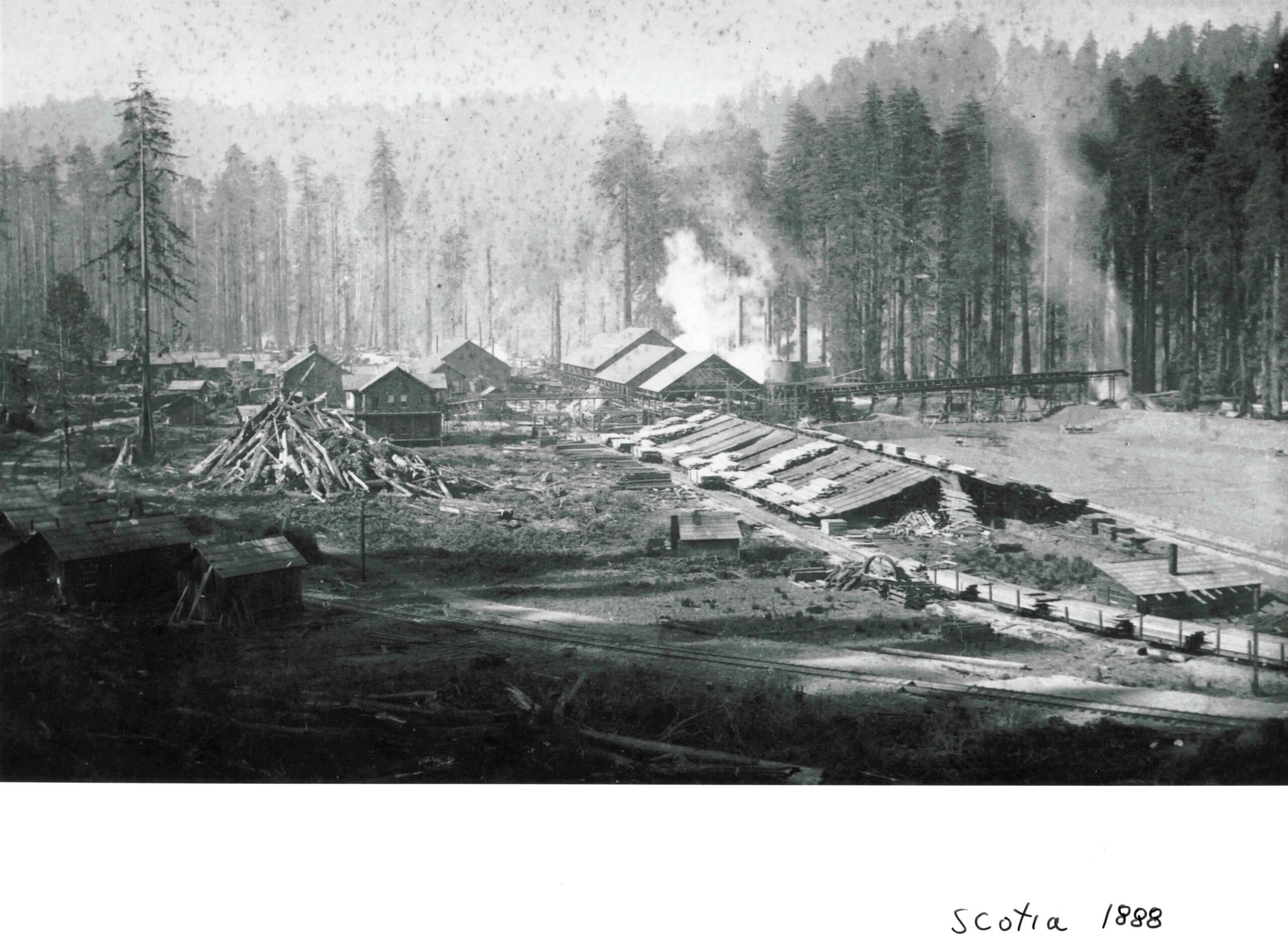
Overview and Context
In this lesson, students will continue to learn how to create productive questions on any given topic in order to drive the conversation. This lesson was created for 5th-8th students in rural Humboldt County (Northern California) to learn about the local area (the town of Scotia) but could be adapted for other topics and/or for grades 1-4.
Learning Objectives
Students will be able to critically think and form questions about a specific topic.
Assessment
Students will interview community members as part of their research.
Resources
- Students will need access to images related to the topic of discussion, a journal or graphic organizer to write questions and thoughts, and an environment in which they are able to discuss and formulate questions.
- Questioning Sentence Stems (Google doc; sourced from Middleweb, May 2019)
- See-Think-Wonder Graphic Organizer (pdf)
- See-Think-Wonder Graphic Organizer Option #2 (pdf)
- Slideshow with a range of photos of the town of Scotia along with related links (Google slides)
Preparation
Prior to this lesson students have spent time throughout the school year going over the question stems. The question stems are a resource for the students that they are used to using on a regular basis. The teacher will need to find visuals for the topic they are teaching in class. These visuals can be images, infographics, objects, etc. There should just be a strong connection between the visual and the topic being discussed.
Step-by-Step Instructional Plan
1. See Think Wonder Strategy and Graphic Organizer
First, teacher will distribute the graphic organizer and discuss the expectations of the SEE-THINK-WONDER strategy. Teacher will give students time to complete one section at a time. In between each section take a small amount of time to debrief what the students have seen in the picture. (This is a good time to reteach the difference between see-think-wonder) Continue this process through each section of the graphic organizer. Sometimes depending on the group of students, the teacher might need to break them up even further or one section each day to allow for processing and retention.

2. Conclusion Statements and Wonder Questions
After the students have completed the activity, students should write a conclusion statement about what they have learned from the image to help them better understand the overall project. Using this information, students will brainstorm 1-2 questions that could be asked about the topic to help them better understand. In this specific situation, students will develop questions about Scotia’s past that they wonder about.
Next Steps
Students will use the questions created during the brainstorming lesson to interview local community members to learn more about the history of Scotia.
Related Resources:
- Teaching Students How to Ask Productive Questions, Edutopia, June 2019
- See-Think-Wonder Routine from the Rochester Community Schools



